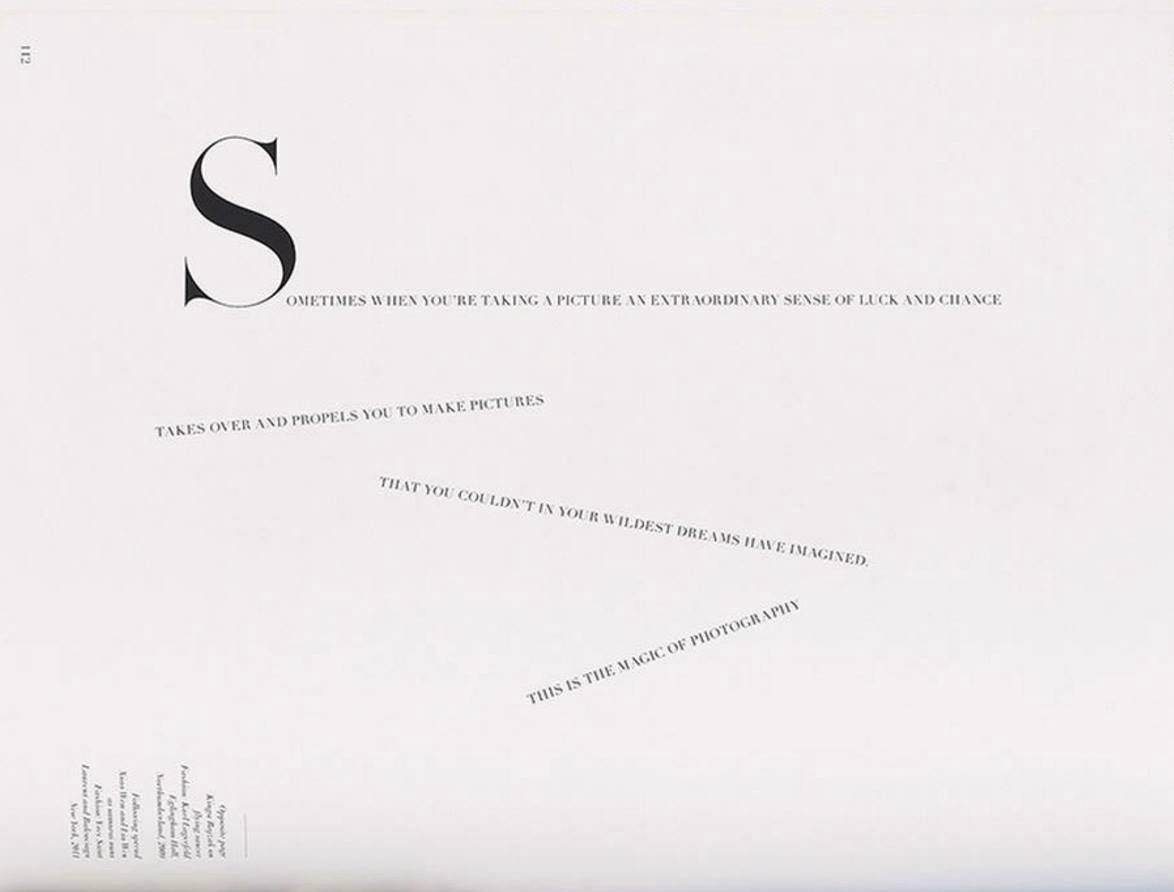

Throughout my career as a photographer, I participated in many masterclasses, both as a student and as a tutor. And I can tell that the balance between planning the shot ahead and improvising on the spot is very significant for different photographers. So let me elaborate on both approaches.
Oleg Tityaev, one of the gurus of studio light in Moscow, says that he never works outside of the studio because he can’t stand not controlling all the factors in the frame. He measured the light position and model position with tenth-of-inch precision when working on jewelry and portraits. Razumovsky, another well-known photographer, first makes sketches of the whole composition, thinking as a graphic designer, and then reproduces it on photos.
At the same time, Tim Walker, whose set is often extraordinarily elaborate and complex, obviously leaves space for experimentation (see citation above). Richard Avedon — I am not sure, but I think the iconic picture of Twiggy was 90% idea, but also 10% luck at the moment. And let’s not forget famous street photographers like Henri Cartier-Bresson, they don’t even know in advance what their set will be.
For me (as Milos asked about my work) it’s a little bit like jazz — you have the melody (your concept for the shoot, certain looks, and backdrops that you know in advance, all the ideas of how you can achieve what you want), and variations (what you actually do on set thinking with your eyes instead of rationalizing what you are doing at the moment). With no melody, you will have chaos and a set of random pictures as a result, but the variations are when chance and luck and creativity actually happens.